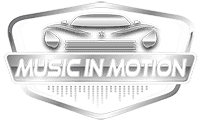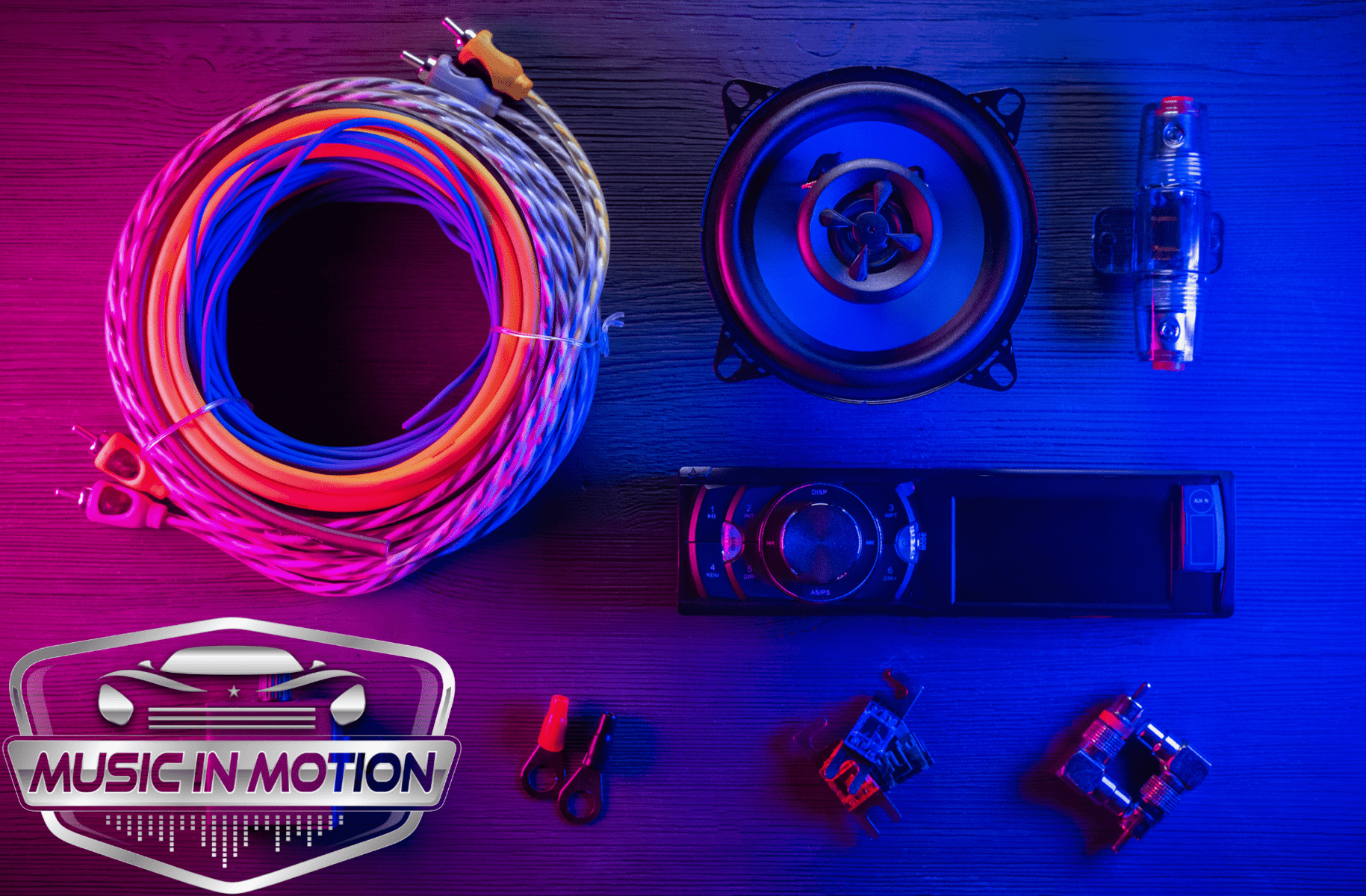
Many commuters tolerate poor sound quality in their cars that they wouldn’t accept at home. However, others install sophisticated car sound systems improperly, limiting their effectiveness. Regardless, these car audio tips can be used for existing systems and more advanced setups.
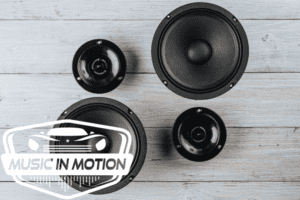
When designing and building a car, manufacturers rarely consider the speakers. In fact, many “premium” factory audio systems still use weak amps and paper speakers that don’t deliver top-notch sound. If your car is older, its speakers may be worn out.
Installing aftermarket speakers can improve your car’s audio quality. Moreover, you’ll hear tighter bass, more clarity, and details you’ve never heard before in old songs.
Replacement speakers are a cost-effective way to improve sound quality. See tip #5 for the best bass car speakers.
Like a guitar, the best car sound systems are tuned. Furthermore, increasing your factory radio’s tone controls may sound better in your driveway, but it causes distortion on the highway. Low-frequency boosts strain factory systems. To fatten your sound, boost the bass, lower the highs and mids, and turn up the volume.
Maybe you replaced your factory radio with an aftermarket stereo with a multi-band equalizer. Avoid excessive tone boosts and cuts. A bad EQ setting can ruin a good system, while an intelligent tone curve can improve it.
If you can, program EQ presets into your receiver so you can see what works best without adjusting while driving. If one of your receiver’s preset curves sounds good at highway speed, customize it in your driveway. Let a copilot switch settings. Adding a signal processor below delves deeper into sound shaping.
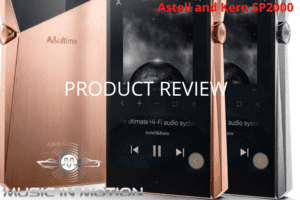
A DAC converts 0s and 1s into analog music signals. Smartphones are often used as music players. However, its built-in DAC is fine for casual listening with earbuds, but it doesn’t compare to those in many aftermarket car stereos.
A USB cable connects a smartphone to an aftermarket stereo’s DAC. As a result, this decodes music in high detail and quality. You can also use Bluetooth.
Yes, you can store more music files on your phone or player if you compress them, and they’ll sound fine through earbuds. However, compressing music means losing high- and low-frequency information and some details. Moreover, some songs don’t sound right (such as “swishy” cymbals).
Something’s missing from a good car audio system. As one would expect, the better source material is noticeable immediately.
When creating files or buying digital music, don’t use the default setting. Minimize compression. Higher bit rates mean better car audio. Higher bit rates require more storage, but they improve sound quality.
Explore your music app’s settings to improve audio quality when streaming. Keep in mind, that TIDAL or Qobuz is a high-resolution music streaming service. High-bit-rate streaming uses more data.
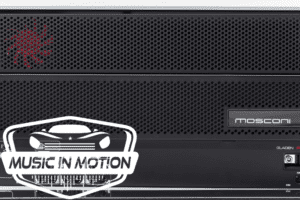 “What are the best car speakers for bass?” Always an amplifier. You’ll get the best performance from your speakers by adding power (within their performance specs, of course).
“What are the best car speakers for bass?” Always an amplifier. You’ll get the best performance from your speakers by adding power (within their performance specs, of course).
“My factory stereo has 200 watts, which is plenty,” you may say. There’s a big difference between your car stereo’s 50 watts peak power per channel and an outboard amplifier’s 50 watts RMS continuous power.
Separate amplifiers provide cleaner power than car stereos, which improves sound quality. Your system will sound better whether you’re listening to Mahler or Metallica. Car audio requires an amplifier.
You can add an amplifier to your factory radio. “Speaker-level inputs” allow you to tap into factory speaker wiring for an amp’s audio input.
Customers call Tech Support every day to ask why their new car audio system sounds bad. Problem #1? Most people think their amplifier’s gain controls the volume. They turn it up, which causes problems. The amplifier’s gain control adjusts the input signal. Overdrive causes nasty distortion.
Turn your receiver’s volume control 3/4 of the way to maximum, then turn up your amp gain until distortion. However, a little restraint will do. Every amp manufacturer has specific recommendations for setting gain, so check your manual.
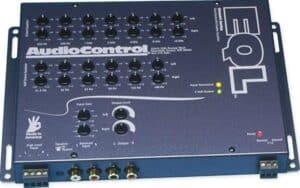
Many in-dash receivers have frequency filters for the preamp and speaker outputs. However, using a sub’s high-pass filter, remove low bass from your car’s full-range speakers. And, if you use the receiver’s built-in power, you’ll get cleaner volume.
Or maybe your sub sounds strong, but the bass is behind you. If so, you can bring the bass forward by adjusting the low-pass filter’s crossover point.
Subsonic filters remove super-low bass below human hearing range. However, your amp and sub will run better without subsonic sludge. Also, music file compression can cause subwoofer sputtering. A subsonic filter reduces noise.
Adjust crossovers on only one part of your system. Moreover, if you adjust your car stereo’s crossovers for all your speakers, run your amps at full range (crossovers off). However, if you’re changing your amplifier(s), turn off or set the car stereo’s crossovers to full range. Using multiple components to adjust crossover settings can cause conflicting frequency information, which affects the sound.
I’ve installed many car audio systems, but I still love that “Wow” moment when someone hears a sub for the first time. For example, a good subwoofer will balance the bottom octave of your music, making familiar songs sound new. In addition, a subwoofer will also help your full-range speakers because you can set the bass control to “0” instead of “+5”
When sitting next to a thumping, vibrating car at a traffic light, some people dislike subwoofers. You can adjust subs to fit your musical tastes and vehicle. However, after driving with a subwoofer, you’ll never go back. Three.
Build a sealed subwoofer box properly. Air leaks hurt subwoofer performance. Use the right woofer in a ported box. Driving a sealed sub-hard in a ported enclosure can destroy it. Also, build a box with the right volume for your sub. Mismatches can cause poor performance or death.
You can also buy a subwoofer enclosure to avoid these issues.
How do you choose a box? Read about sealed vs. ported subwoofers.
Your car’s designers likely didn’t consider subwoofers. Most car electrical systems aren’t equipped to handle big bass.
A capacitor stores power between your amplifier and car battery. You connect the cap as close to the amp as possible on the battery cable. It stores power from your alternator and releases it instantly to power your amp’s bass hit.
After running your subs loud and hard for a minute or two, have you noticed a big drop in performance? Or watched your nighttime headlights dim to the music? A capacitor solves these problems by absorbing demand peaks in your electrical system, giving your amp more consistent power.
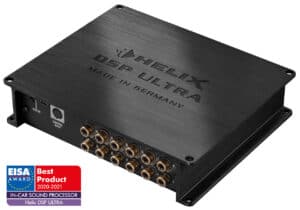
In-car sound quality is poor. Glass and plastic reflect sound, while carpet and seat covers absorb it. In most car interiors, poorly placed speakers cause frequency response peaks. These peaks cause “ear fatigue” by making music boom or shrill.
Most car receivers have treble, midrange, and bass controls, useful for global fixes but not pinpointing problems. You’ll need an equalizer to kill these peaks, either built into your receiver or mounted near your amplifiers.
An outboard equalizer gives you multiple frequency adjustment points to smooth out system peaks. Parametric equalizers let you adjust the CenterPoint and width of each EQ band to pinpoint a problem. Some sound processors include a microphone to analyze your car’s acoustics.
EQ for best sound
The fun part of using an EQ is tweaking and listening. Start with everything “flat” and make small changes. You’ll hear what’s missing and what’s too much. Soon, you’ll have the equalizer dialed in.
Dynamat, Hushmat, and other sound-deadening products improve system sound by reducing vibration and road noise.
First, a door panel isn’t the best place for a speaker because the thin metal vibrates when music plays. Attaching these products to your door panel dampens vibrations and creates a more stable speaker platform, like a wooden baffle.
Second, have you noticed that your system sounds great at 25 mph but harsh at 60? Road noise masks lower frequencies first, so at highway speeds your system sounds too bright. Sound-deadening material reduces car noise, so you can play your music less loudly. Your amps will work less and you’ll hear more musical detail. Good.
Use high-quality amplifier cables. Like water, electricity flows. You wouldn’t run a garden hose from the street main to your house because it wouldn’t be enough. When you turn up the volume, a cheap, undersized power cable will starve your amplifier of power. A good power cable lets current flow freely so your amp gets enough power.
Better signal flow from your receiver to your amps means a more focused, detailed sound. Good patch cables reject car electrical noise. Cables don’t matter? Listen to three of your favorite songs using cheap RCA cables. What did each say? Switch to upgraded RCA cables and listen to the same songs again. Upgraded car audio cables make similar differences. Besides, upgraded cables can look cool when showing off installation work.
Contact Music In Motion for all of your car audio products and custom fabrication services today!
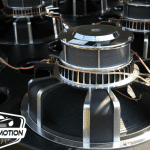 Subwoofer Boxes 101Previous Post
Subwoofer Boxes 101Previous Post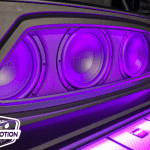 What is a High-End Car Audio Installation?Next Post
What is a High-End Car Audio Installation?Next Post